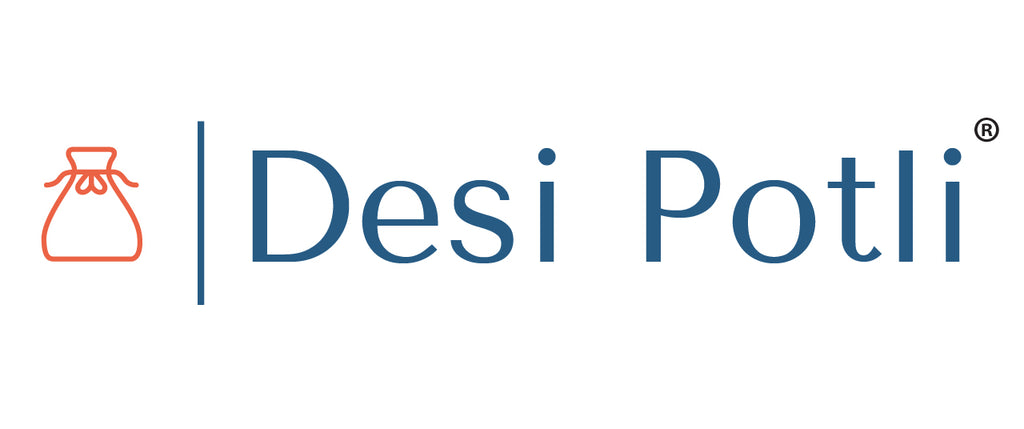Piping Hot Cotton Ikkat Blouse
Black Green Ikkat Cotton Round Neck Elbow Length Blouse With Piping. Ball Buttons And Hooks Closure At The Back
Styled With "Olives" Cotton Plain Saree
- Fabric: Cotton
- Pattern: Ikkat
- Color: Black And Green
- Sleeve Length: Elbow Length
- Neck Front And Back: 4.5” and 4.5”
- Model Is Wearing Small Size Blouse
Handcrafted In India
Care
- Coldwater wash | Do not bleach and dry in shade
- For first few washes separate wash is recommended. Bleeding of color in little amount is expected due to traditional dying process
Origin – There are three major regions in India when it comes to IKKAT – Andhra Pradesh/Telangana (Pochampally), Gujarat (Patola), and Odisha (Sambalpuri, Bomkai, Santhali etc.). Over the years, these three regions developed their own style of Ikkat weaving – each distinct in pattern and the way the yarn is dyed and used.
Technique - In Ikkat ('ee-kat') the resist is formed by binding individual yarns or bundles of yarns with a tight wrapping applied in the desired pattern. The yarns are then dyed. Ikkat woven fabric is usually with little blurriness, multiple colors and has complicated patterns.
Black Green Ikkat Cotton Round Neck Elbow Length Blouse With Piping. Ball Buttons And Hooks Closure At The Back
Styled With "Olives" Cotton Plain Saree
- Fabric: Cotton
- Pattern: Ikkat
- Color: Black And Green
- Sleeve Length: Elbow Length
- Neck Front And Back: 4.5” and 4.5”
- Model Is Wearing Small Size Blouse
Handcrafted In India
Care
- Coldwater wash | Do not bleach and dry in shade
- For first few washes separate wash is recommended. Bleeding of color in little amount is expected due to traditional dying process
Origin – There are three major regions in India when it comes to IKKAT – Andhra Pradesh/Telangana (Pochampally), Gujarat (Patola), and Odisha (Sambalpuri, Bomkai, Santhali etc.). Over the years, these three regions developed their own style of Ikkat weaving – each distinct in pattern and the way the yarn is dyed and used.
Technique - In Ikkat ('ee-kat') the resist is formed by binding individual yarns or bundles of yarns with a tight wrapping applied in the desired pattern. The yarns are then dyed. Ikkat woven fabric is usually with little blurriness, multiple colors and has complicated patterns.
Every article is handcrafted hence unevenness in the selvedge and weave could be expected and colors may fade or bleed due to the traditional dyeing technique applied. Similarly there may be little variation in print and color due to nature of traditional Block Printing Technique.

























